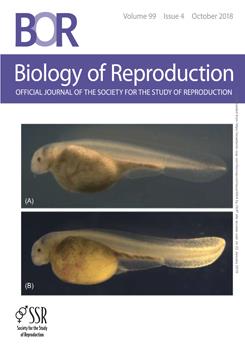Preventing postpartum uterine disease depends on the ability of endometrial cells to tolerate the presence of the bacteria that invade the uterus after parturition. Postpartum uterine disease and endometrial pathology in cattle are most associated with the pathogen Trueperella pyogenes secretes a cholesterol-dependent cytolysin, pyolysin, which causes cytolysis by forming pores in the plasma membrane of endometrial stromal cells. The aim of the present study was to identify cell-intrinsic pathways that increase bovine endometrial stromal cell tolerance to pyolysin. Pyolysin caused dose-dependent cytolysis of bovine endometrial stromal cells and leakage of lactate dehydrogenase into supernatants. Cell tolerance to pyolysin was increased by inhibitors that target the mevalonate and cholesterol synthesis pathway, but not the mitogenactivated protein kinase, cell cycle, or metabolic pathways. Cellular cholesterol was reduced and cell tolerance to pyolysin was increased by supplying the mevalonate-derived isoprenoid farnesyl pyrophosphate, or by inhibiting farnesyl-diphosphate farnesyltransferase 1 or geranylgeranyl diphosphate synthase 1 to increase the abundance of farnesyl pyrophosphate. Supplying the mevalonate-derived isoprenoid geranylgeranyl pyrophosphate also increased cell tolerance to pyolysin, but independent of changes in cellular cholesterol. However, geranylgeranyl pyrophosphate inhibits nuclear receptor subfamily 1 group H receptors (NR1H, also known as liver X receptors), and reducing the expression of the genes encoding NR1H3 or NR1H2 increased stromal cell tolerance to pyolysin. In conclusion, mevalonate-derived isoprenoids increased bovine endometrial stromal cell tolerance to pyolysin, which was associated with reducing cellular cholesterol and inhibiting NR1H receptors.
Summary Sentence
Summary SentenceMevalonate-derived isoprenoids, farnesyl and geranylgeranyl pyrophosphate, increase bovine endometrial stromal cell tolerance to the cholesterol-dependent cytolysin, pyolysin, which is secreted by the uterine pathogen Trueperella pyogenes.





